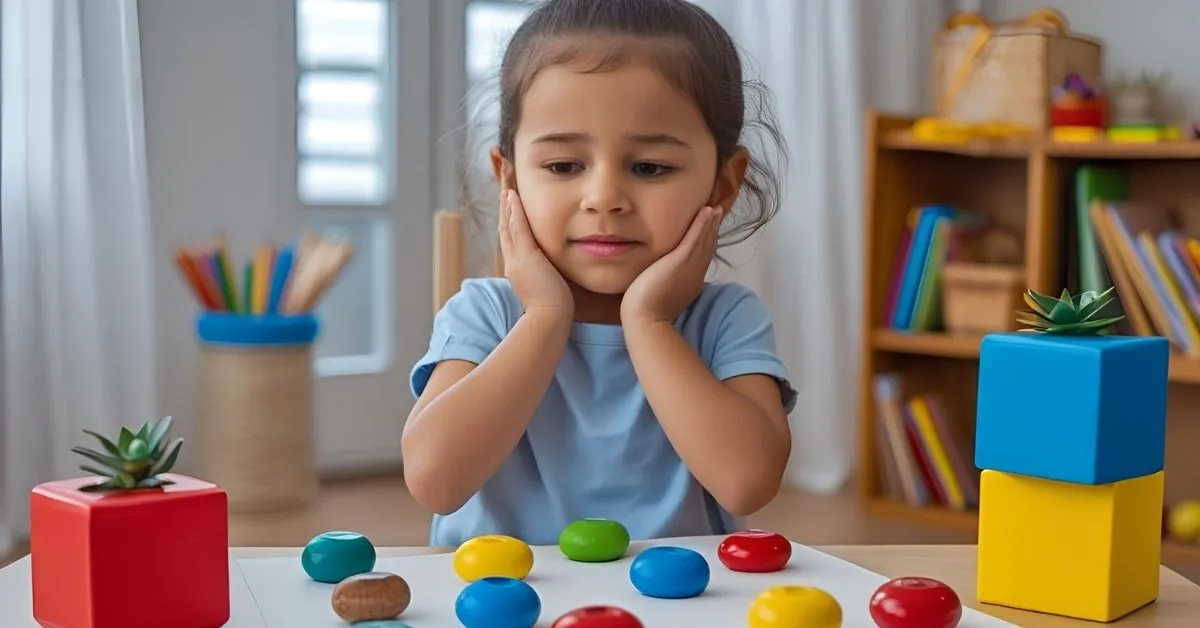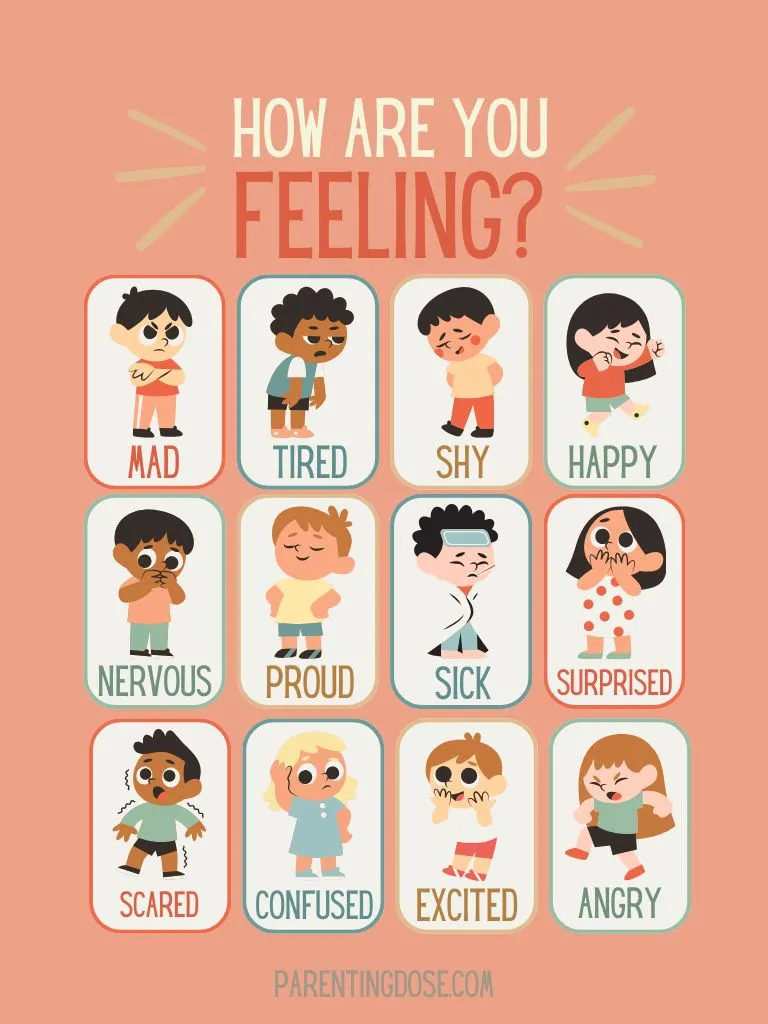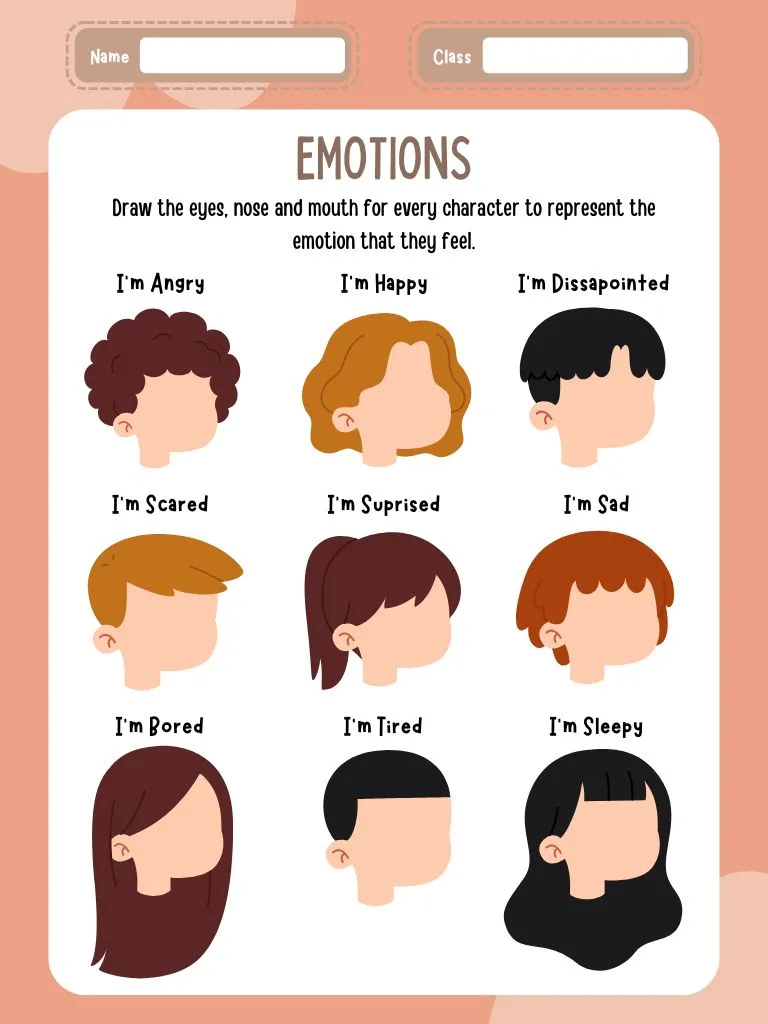Gentle ways to help little ones handle big feelings
I still remember the day my preschooler melted down in the middle of the grocery store because we walked past the cereal aisle without stopping. I was tired. She was tired. But what hit me harder was the realization that she wasn’t being difficult — she was overwhelmed. Her little heart didn’t yet know how to name that feeling… let alone handle it.
That moment sparked a new path in our home: learning emotional regulation together.
If you’re a mama navigating these same stormy seas, know this — you’re not alone. And you’re doing an amazing job.
In this post, I’ll walk you through real, simple, and play-based emotional regulation activities for preschoolers that helped my little ones express their feelings in healthier ways.
Why Emotional Regulation Matters in Early Childhood
Preschoolers are still figuring out the wild world of emotions. Tantrums, screaming, hiding — they aren’t trying to drive us crazy. Their brains just aren’t fully developed to manage frustration, fear, or sadness on their own yet.
Teaching emotional regulation early:
- Builds resilience
- Reduces meltdowns over time
- Helps develop empathy and self-control
- Lays a foundation for future mental health
Let’s explore some beautiful, everyday ways to support our kids in building this skill.
1. Feelings Chart Time
We created a simple DIY feelings chart at home with faces showing happy, sad, mad, scared, tired, and excited. Every morning and evening, we’d check in:
“How are you feeling today?”
Why it helps:
It builds emotional vocabulary and helps normalize expressing feelings, even the big, scary ones.
DIY Tip:
Use pictures of your child making different expressions — they love it!
2. The Calm-Down Box
Ours includes:
- A soft stuffed animal
- A squishy ball
- A lavender-scented cotton pouch
- A small glitter jar
- Calming cards with pictures of breathing exercises
When my child felt overwhelmed, we’d go to the calm-down box together. It gave her something to do with her emotions, not just bottle them up.
Mom Tip: Let your child help choose what goes inside — it makes them feel in control.
3. “Blow the Big Feelings Out” Breathing Game
We turned deep breathing into a game.
I’d say, “Pretend you’re blowing up a big balloon — ready? Biiiig breath in… now blow it up!”
We’d giggle and do it three times.
Bonus: Add a feather or tissue and try to keep it floating in the air with your breath!
4. Storytime with Feelings
Books like “The Color Monster” or “When Sophie Gets Angry” helped my kids see emotions from another child’s perspective. After each story, we’d talk:
- “What color are you today?”
- “Have you ever felt like Sophie?”
Books open the door to talking about tough feelings in safe, relatable ways.
5. Make a Mood Wheel
Cut out a circle, divide it into pie slices, and draw faces for different emotions. Attach an arrow in the middle that your preschooler can spin to show how they feel.
Why it works:
It gives them a choice in how they express themselves — power over the moment.
6. Feelings Dance Party
We’d play music and call out emotions:
- “Dance like you’re happy!”
- “Now move like you’re sad…”
- “Freeze like you’re mad!”
This silly, expressive play gave us all a release — and laughter along the way.
7. Name It to Tame It
When your child is mid-meltdown, try sitting near and gently saying:
“You’re feeling really mad right now because I said no to candy, right?”
Labeling the feeling doesn’t make it disappear, but it helps your child feel seen and safe.
Gentle reminder: You don’t have to fix the emotion — just hold space for it.
8. Play Pretend Scenarios
Use dolls or animal toys to act out small conflicts and resolutions.
For example:
- “Mr. Bear wanted the truck but Bunny was using it. What could he say?”
This builds emotional problem-solving in a low-pressure way.
9. Create a Feelings Journal (With Pictures!)
For older preschoolers, start a daily drawing routine:
“Draw a picture of something that made you feel happy today.”
Or, “Draw what made you frustrated.”
You don’t need words — just crayons and quiet time.
Reflection helps build emotional self-awareness.
10. Use Emotional Scripts
Sometimes kids need the words. Try phrases like:
- “I feel upset, but I can take deep breaths.”
- “I wanted a turn, so I will say ‘Can I have a turn next?’”
Practice together during calm moments — not in the heat of a meltdown.
Final Thoughts: You’re Planting Seeds
Emotional regulation is a lifelong journey, not a checklist. Some days your preschooler will amaze you with their self-awareness… and other days you’ll wonder if anything’s working at all. That’s okay. That’s real life.
Keep modeling. Keep breathing. Keep showing up.
You’re not just surviving tantrums — you’re raising emotionally intelligent, heart-smart humans.
Your Turn, Mama
Have you tried any of these activities at home? What helped your little one feel calmer or more in control? Share in the comments — or save this post for later!
Don’t forget to pin this post for your emotional development toolbox!










